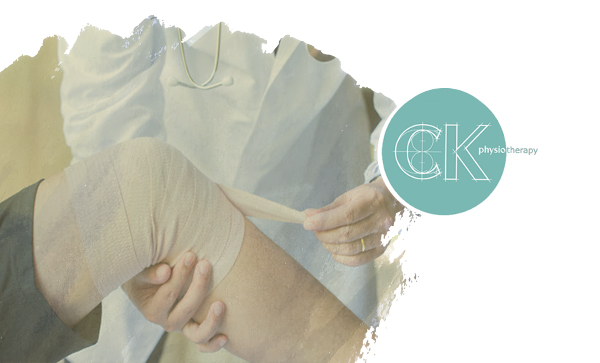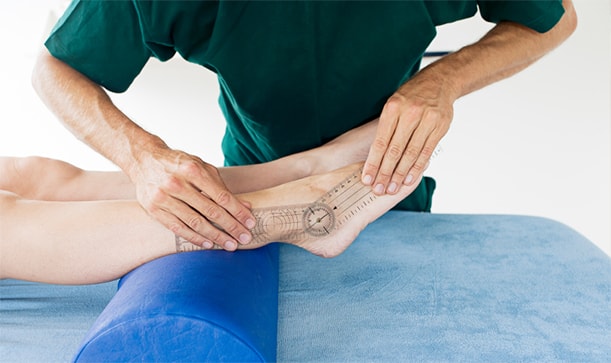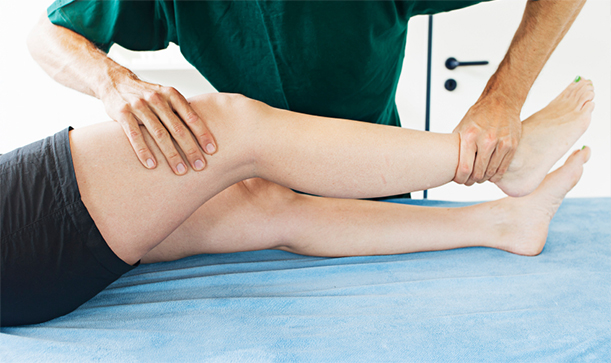CK Physiotherapy
AREAS COVERED
W7, W5, W13, Ealing, West London
57 Elthorne Avenue
Hanwell, W7 2JY
T: 020 8566 4113
M: 079 572 46185
E: info@ckphysio.co.uk
Location / Parking
We are situated in Hanwell, between Boston Manor Road and Northfields Avenue, south of the Uxbridge Road.57 Elthorne Avenue
Hanwell, W7 2JY
There are parking restrictions Mon - Fri 9-10am and 2-3pm. If you need a permit during this time please inform your therapist when you arrive. There are no parking restrictions at other times.
Opening Times
Please phone the number above during working hours to make an appointment. Our reception service will be happy to book your session.
London Underground / Bus Services
London Underground
10 min. walk from Boston Manor Tube Station.
15 min. walk from Northfields Tube Station.
Bus Service
E8, E3, E2, 207, 607, 83
Request Call Back
Our Blog
Physiotherapy and Injury Prevention Tips for Triathletes
By: BryanKelly (Psst, View author in Google Plus) Date: Mar 24th, 2020Becoming a triathlete isn’t for the faint of heart. Simply finishing a gruelling triathlon requires making a serious commitment to staying fit and putting your body through gruelling workouts. Completing each leg of the event takes a great deal of physical and mental stamina.

There is nothing quite as heartbreaking as dedicating the time and effort needed to prepare for a triathlon only to be derailed by an injury. Injuries triathletes typically struggle with include:
• Blisters
• IlioTibial Band Friction Syndrome
• Fallen Arches
• Achilles Tendinopathy
• Plantar Fascia
• Rotator Cuff Tendinitis
• Shin Splints
• Shoulder Bursitis
• Strained Hamstrings
• Swimmers Knee
Not only are these injuries painful, but they can also force you to take a long break from your training program and can even negatively impact your daily life which is why it's in your best interest to learn how to properly warm-up and perform exercises that decrease the odds of you developing an injury while training for your next triathlon.
How Warming Up Prior to a Triathlon Training Session Impacts Your Body
You can’t afford to shortcut your workout routine while your training for an upcoming triathlon. When you cut corners during the warm-up process it's only a matter of time before you sustain a serious injury.
When you’re inactive, your body has a low core temperature. One of the side effects of a lower core temp is that your muscles aren't loose or supple and your cardiovascular system's veins and capillaries are narrower and stiffer than if your body is warmer.
The lower core temperature is perfectly fine for things like getting groceries, walking your dog, or cleaning your house, but if you instantly throw yourself into any type of strenuous exercise, you're creating the perfect situation to sustain a serious injury.
Physical fitness experts have always touted the importance of warming up prior to starting any type of strenuous exercise program. In 2015, a study conducted by four professionals connected to various universities explored the exact nature of how warm-ups impact the body and decrease the chance of both serious and minor injuries.
The study specifically explored the impact of both passive and active warm-up routines had on the overall body. Factors the researchers looked at included:
• Anaerobic metabolism
• Oxygen uptake kinetics
• Overall athletic performance
• Post-activation potentiation
• The transition/marshalling phase
• Muscle fibre performance
• Muscle fibre conduction velocity
Difference between Active and Passive Warm-Ups
The most important factors the study explored was how passive and active warm-ups raise your body's core temperature in a safe manner that prepares it for an intense training session while decreasing the odds of you developing a serious injury.
The single best way to decrease the risk of an injury while training for a triathlon is steadily increasing your body's core temperature which increases your muscle's elasticity and prepares your cardiovascular system for the increased demands your athletic endeavours place on it. Research shows that increasing your body's core temperature causes your cell's metabolic rate to increase by 13% for each degree your body's temp increases.
The study showed athletes that one of the best ways to improve their overall performance and decrease injuries was combining both active and passive warm-up routines. One of the biggest things the study found was the use of heat during warm-ups and during pauses in training.
Active Warm-Ups
An active warm-up is what we traditionally consider a true warm-up. It involves a series of exercises and stretches that not only help our body prepare for the training session you're about to put it through, but also provides you with an opportunity to really think about what you want to accomplish during the workout.
In the past, many triathletes assumed that doing a few standard stretches and going for a short jog was all the warm-up they needed before a training session or competition. You should plan on dedicating about 20 minutes just to your initial warm-up routine. The faster you plan to move during competition/training, the longer and more active your warm-up should be. In addition to stretching, jogging, and short swimming exercises, you should add plenty of rolling and activation routines to your warm-up routine.
Passive Warm-Ups
Passive warm-up is something professional athletes have known about for decades, though it's only now becoming an important part of the amateur athlete's workout routine. Passive warm-up refers to things that can be done to keep the body's core temperature elevated during rest periods.
Hot water immersion is a perfect example of a passive warm-up routine. The warm water keeps the body elastic and prepared for rigorous physical activity but provides the athlete with a mental and physical break. While hot water immersion remains a valid warm-up tool, it's not a viable option for many triathletes. Not only do they not always have access to hot water during their down periods, but time constraints at events have forced many triathletes to think outside the box.
A perfect example of a dry passive warm-up is donning clothing that is heat activated. In the past, triathletes would wear sweatsuits or track jackets, but we now know that a garment that has an internal heat source that's powered by a battery is even more effective. The 2015 study indicated that putting on heated clothing for a 30-minute period following an intense active warm-up significantly improved t-muscle maintenance, drastically decreasing muscle tear/strain injuries and also boosts athletic performance.
Seek Advice for Decreasing Injuries and Improving Athletic Performance
It doesn't matter if you only plan on competing in one triathlon this year or if you're someone who wants to compete once a month. An injury can be devastating to both your physical and mental health. It's in your best interest to contact CK Physio and inquire about our physiotherapy program which is designed to improve athletic performance and decrease the risk of injury.
Not only can we help you prepare your body for your next competition, but we will also help you heal following a recent injury. Contact us today and find out how we can help you unlock your full athletic potential!
Resources:
Your best 10-minute run warmup, Triathlete.com
How to warm-up for long course triathlon, Trainingpeaks.com
Perfect your marathon warm-up, Trainingpeaks.com
Triathlon training: Why and how to warm up before training and racing, Workingtriathlete.com





